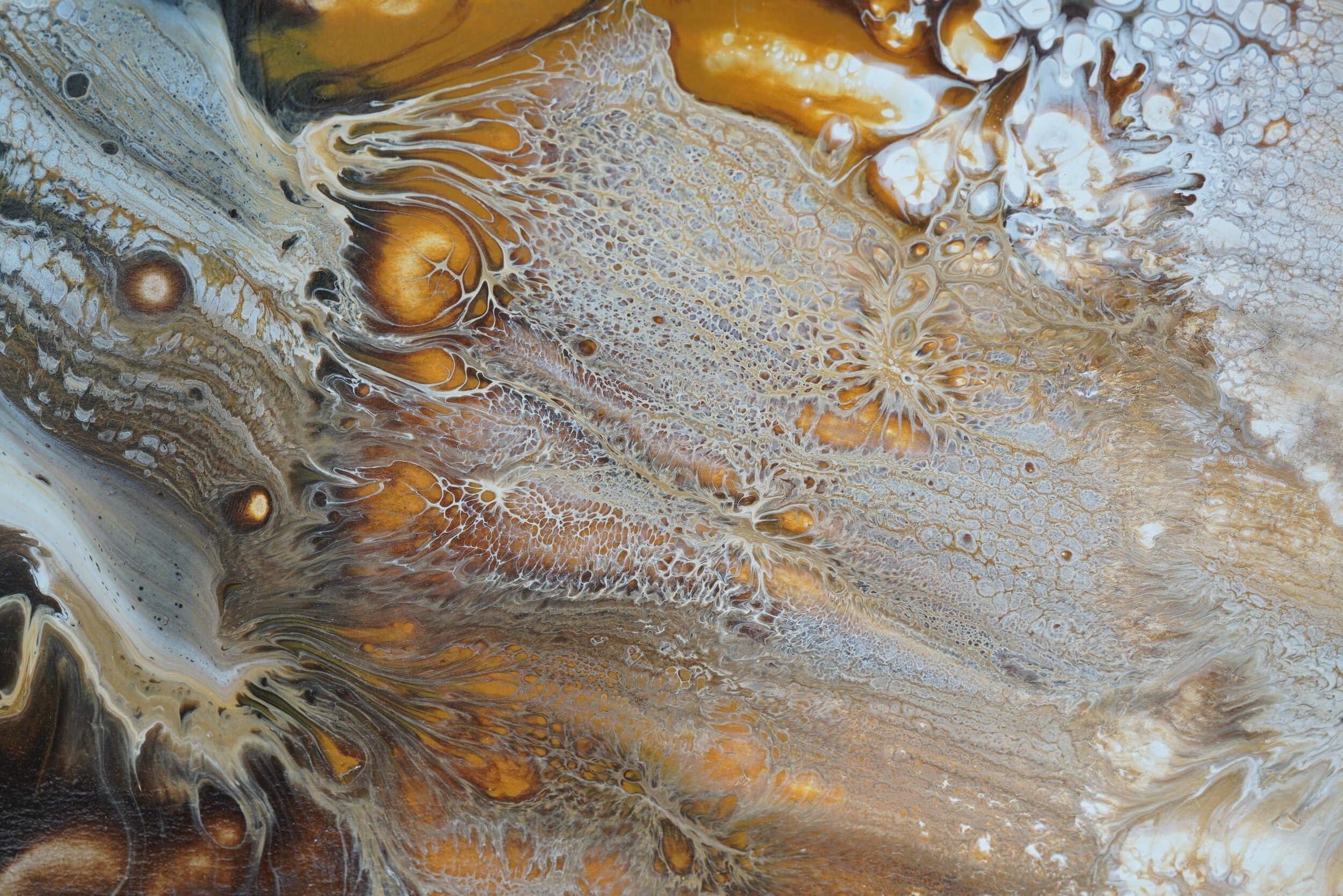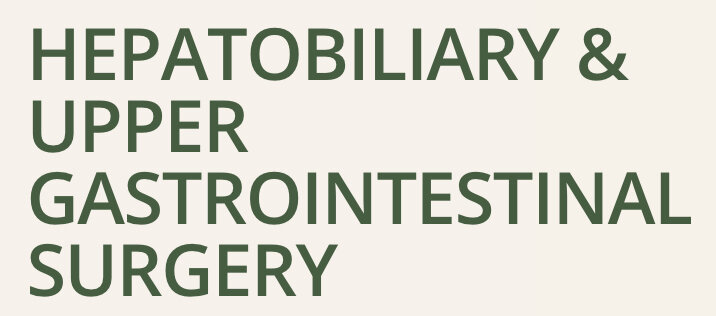
Laparoscopic Cholecystectomy
What is a laparoscopic cholecystectomy?
Laparoscopic or “keyhole” surgery has existed for decades and involves the use of a laparoscope (a small, thin, instrument with an in-built camera. This instrument allows surgeons to visualise your body’s internal organs). Rather than making one large incision to open the abdomen, surgeons make several small incisions, and with the aid of a laparoscope insert various tools required to remove the necessary organ. Cholecystectomy refers to the surgical removal of the gallbladder.
What purpose does the gallbladder serve?
The gallbladder is a small pear shaped organ located under the liver on the right hand side of the rib cage. The gallbladder is designed to store bile and eject bile into the small intestine when required. Bile is a yellowish-green coloured fluid made up of cholesterol, bile salts, calcium, acids and waste material from our bodies and it is produced by the liver. Bile helps us to break down and absorb fats and fat-soluble vitamins from our diet. When we eat food, our body causes bile to travel down the bile duct into the small intestine where it mixes with the food and helps us digest fats from the diet. Additionally, many waste products are cleared from our body by being secreted into the bile which is then cleared from the body after traveling through the intestine and secreted in the bowel motions. If your gall bladder is removed, the bile still travels from the liver down the bile duct and into the small intestine as it is produced but is no longer stored in a reservoir.
Who will need the surgery?
The following conditions are common reasons why your gallbladder may need to be surgically removed.
Cholelithiasis: refers to the formation of gallstones and is the most common indication for a cholecystectomy. Gallstones are usually formed in the gallbladder or bile duct and consist primarily of calcium, cholesterol and bile salts. There is no known means of preventing gallstones.
Cholecystitis: this condition is otherwise known as inflammation of the gallbladder, and is almost always caused by gallstones or infection (bacteria). Doctors may not attempt to remove the gallbladder whilst it is inflamed, as it is too difficult to remove. Instead you may be administered antibiotics and asked to return to hospital in approximately 6 weeks when the inflammation has resolved.
Choledocholithiasis: refers to gallstones found within the bile duct. The stones, depending on their size, will often block the bile duct resulting in sharp abdominal pain and an accumulation of bile within the bile duct. This will often result in your skin and the whites of your eyes becoming yellow (a condition known as jaundice).
What happens during the operation?
Once you have been admitted through the day procedure unit, you will be taken into the operating theatre. You will then be positioned and made comfortable on a hospital trolley. An anaesthetist will then insert an intravenous cannula (needle) into the back of your hand. This will be used throughout the operation to administer your general anaesthetic (a combination of drugs to ensure you are unconscious and remain still throughout your operation).
When your surgeons are ready, you will then be taken through to the operating suite and positioned on a hard table. A nurse will attach you to specific equipment used to monitor your blood pressure and heart rate throughout the operation.
A general anaesthetic will then be administered through the needle in the back of your hand. Once asleep, your operation will begin.
Your surgeon will make 3 to 4 small incisions in your abdomen approximately 5mm wide. One incision will be made through the belly button, whilst the remaining incisions are made under the right lower rib cage.
A laparoscope is inserted through the incision made within your belly button, allowing surgeons to view your operation on a television screen.
Harmless carbon dioxide is used to inflate your abdomen; this provides additional space for the surgery to be performed therefore, allowing surgeons to easily identify your gallbladder.
Various instruments are then inserted into the remaining incisions. These instruments allow surgeons to delicately separate the gallbladder from its attachments. The gallbladder is then moved away from the liver and removed through one of the incisions created within your abdomen
Once the gallbladder is removed, surgeons will then perform a specialised X-ray called a cholangiogram. This will identify any remaining stones that may have escaped from the gallbladder and become lodged in one of the bile ducts.
Your incisions will then be closed with dissolvable sutures beneath the skin.
Water proof dressings are then applied.
What to expect after your operation
You will be taken to the recovery room where a nurse will monitor your heart rate, blood pressure and level of discomfort.
Once you are awake and pain free, a nurse from the ward will come and collect you. You will then be transported to the ward where your nurse will continue monitoring your heart rate, blood pressure and level of discomfort for a total of four hours. During this time you will be required to rest in bed. Fluid will be administered through the needle in your hand, ensuring you are kept well hydrated.
After four hours, you will be given clear fluids to drink (this includes water, apple juice, broth and Jelly). If you experience no pain or nausea, you may then progress to a light diet. Once you have tolerated an adequate amount of fluids and you have urinated, your nurse will then remove the fluids running via the needle in your hand.
Your nurse will continue to monitor your heart rate, blood pressure and level of discomfort throughout the night. You will be given pain killers regularly to ensure you remain comfortable.
Your surgeons will review you the following morning. Should you experience no complications following the surgery, you will most likely be discharged day after your surgery. Your nurse will remove the needle in the back of your hand and change the dressings on your abdomen before you leave. You will be provided with a follow up appointment to visit your surgeon in the St Vincent’s Clinics and be given pain killers to take home. Should you require a medical certificate, this will also be supplied.
You must avoid heavy lifting or strenuous exercise 1-2 weeks post-operatively.
This information is intended as a guideline only. If you have any further questions or concerns, please ask your doctor.

